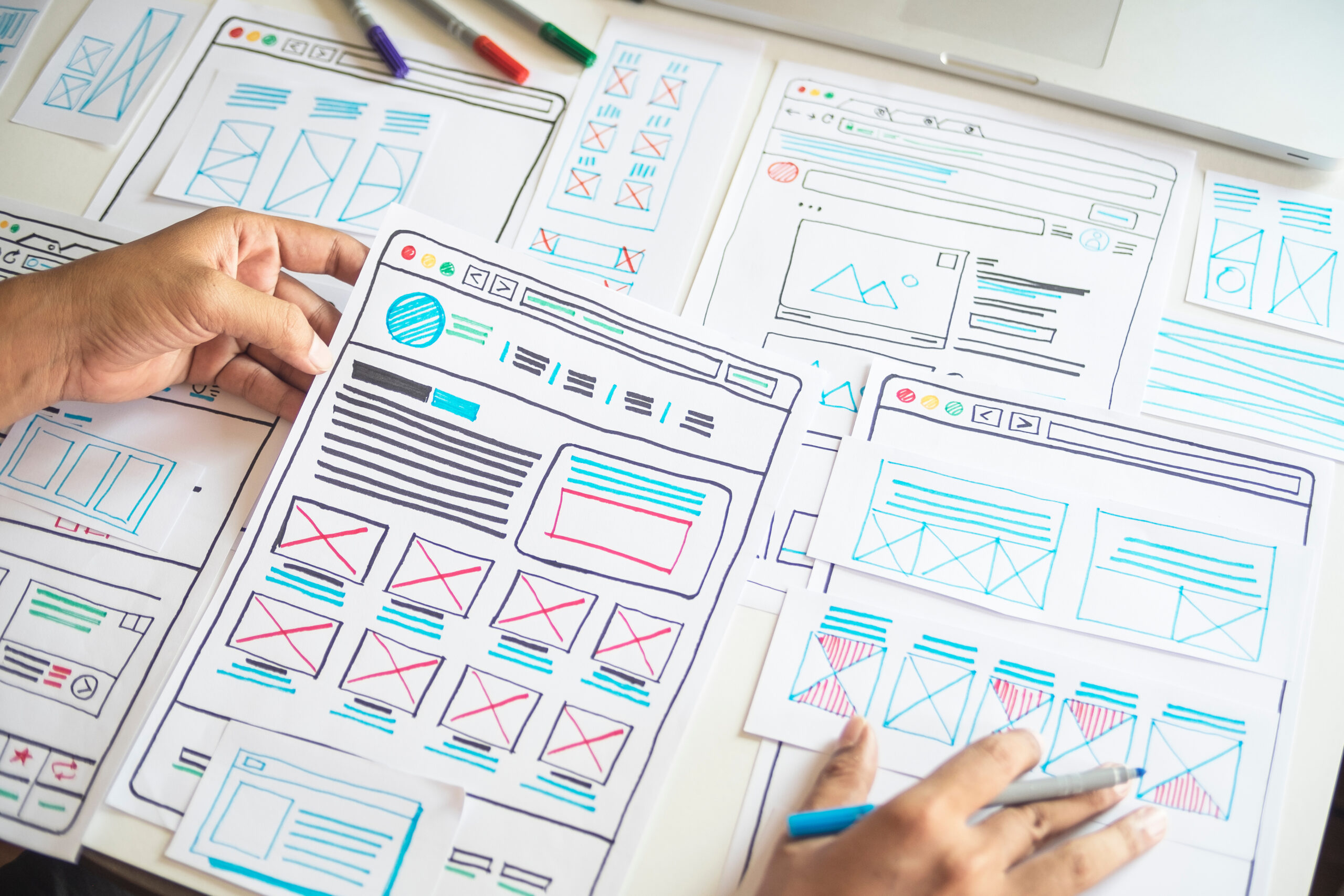*This article is an English translation of a Japanese article.
Universal Design is an approach to designing products, environments, and services that are usable by all people, regardless of disability, age, gender, or cultural background. This concept emphasizes creating inclusive designs that cater to everyone, ensuring equal access and usability. In this article, we will explore the overview of Universal Design, its principles, and key practices for implementation.
1. Overview of Universal Design
Universal Design was introduced by American architect Ronald Mace. His aim was to design not just for people with disabilities but for everyone, ensuring that environments and products are accessible and usable by all. By considering the needs of diverse users from the start, Universal Design benefits a broader audience.
Objectives of Universal Design
- Addressing Diversity in Users: The goal is to create designs that are easy to use for people of all ages and abilities, including those with sensory or physical impairments.
- Avoiding Special Adaptations: Designs should cater to diverse needs from the beginning, eliminating the need for later modifications or adaptations for specific groups.
- Promoting an Inclusive Society: By designing for all, Universal Design contributes to a more inclusive and equitable society where everyone can participate equally.
2. The Seven Principles of Universal Design
There are seven key principles that guide the creation of universally accessible designs. These principles highlight essential factors to consider during the design process.
2.1 Equitable Use
- Meaning: The design should be usable by people with diverse abilities without segregation or exclusion.
- Example: Automatic doors that can be used equally by wheelchair users, older adults, and children.
2.2 Flexibility in Use
- Meaning: The design should accommodate a wide range of preferences and abilities, offering options for how to use it.
- Example: Tools that can be used with either hand, or software that allows different input methods.
2.3 Simple and Intuitive Use
- Meaning: The design should be easy to understand, regardless of the user’s experience, knowledge, or language skills.
- Example: Interfaces with clear icons and intuitive operation.
2.4 Perceptible Information
- Meaning: The design should communicate necessary information effectively, regardless of the user’s sensory abilities.
- Example: Elevators that provide visual displays, audio cues, and tactile feedback.
2.5 Tolerance for Error
- Meaning: The design should minimize hazards and adverse consequences from accidental or unintended actions.
- Example: Systems that confirm actions before deleting important data.
2.6 Low Physical Effort
- Meaning: The design should be usable with minimal effort and fatigue.
- Example: Sliding doors that open with minimal force or ergonomic furniture designed for prolonged use.
2.7 Size and Space for Approach and Use
- Meaning: The design should provide enough space for people of all sizes, postures, and mobility limitations.
- Example: Counters that are accessible to people using wheelchairs or bathrooms with ample space for maneuvering.
3. Practical Examples of Universal Design
Universal Design is applied across various fields. Some practical examples include:
-
Public Facilities: Barrier-free stations, accessible public restrooms, and tactile paving on sidewalks that make infrastructure usable by everyone.
-
Digital Products: Websites designed for screen readers, videos with captions, and smartphone apps that support voice commands.
-
Everyday Items: Universal remote controls, home appliances with large buttons and clear displays, making them easier to use for all.
4. Importance of Universal Design
Universal Design offers significant benefits to society as a whole.
-
Creating an Inclusive Society: By providing environments that are accessible to everyone, including people with disabilities and older adults, Universal Design promotes social integration and equality.
-
Economic Benefits: Products and facilities designed with Universal Design principles can attract a wider range of users, increasing revenue for businesses and service providers.
-
Legal and Ethical Considerations: Many countries have strict legal requirements for accessibility. Adopting Universal Design helps organizations comply with these regulations and promotes ethical practices.
5. Advice for Implementing Universal Design
To successfully implement Universal Design, consider the following points:
-
Understand User Diversity: During the design phase, consider the needs of a broad range of users. Collaborate with diverse groups, including people with disabilities and older adults, to gather insights.
-
Prioritize Feedback: Collect feedback from actual users and incorporate it into design improvements. Testing prototypes with real users is an effective way to ensure usability.
-
Take a Step-by-Step Approach: Rather than aiming for perfection from the start, gradually improve the design over time. This allows for practical and sustainable implementation.
Universal Design is a design approach that enhances the quality of life for everyone. By gradually adopting Universal Design principles in the products, services, and environments we use daily, we can create a society where everyone has equal access and participation. Designers, product developers, and all individuals should embrace this inclusive approach to make the world more accessible for all.
We have released the UUU Web Accessibility Widget Tool, designed to make web accessibility easy to implement. This tool helps improve the accessibility of websites quickly and efficiently, even without specialized knowledge.
If you’re interested in enhancing your website’s accessibility, please check out the details. We are here to support you in making your website more user-friendly and accessible to a wider audience.
